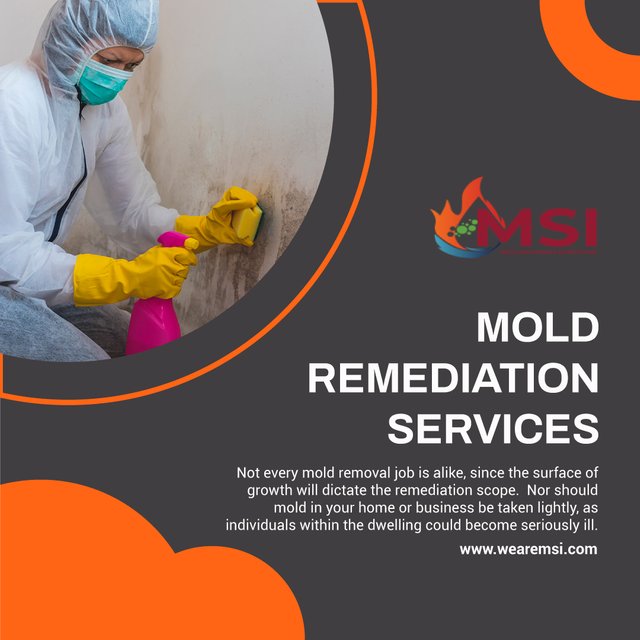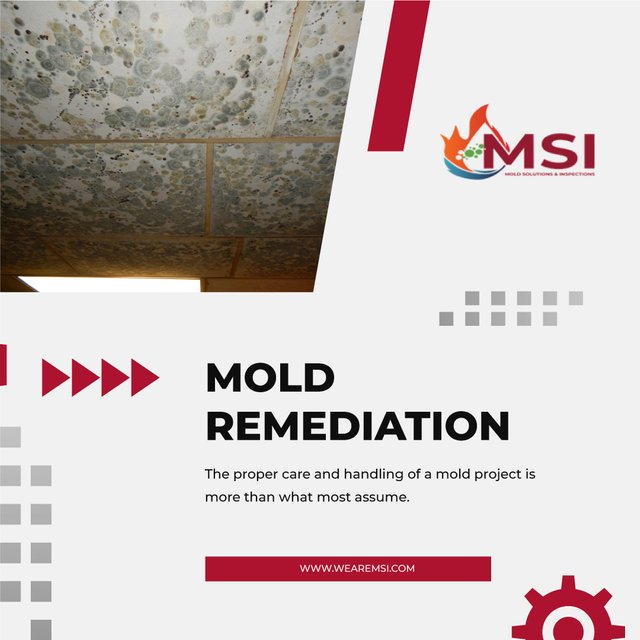The Health Risks of Mold Exposure: Protecting Your Family with Effective Remediation
Mold is a common problem in many households, and its effects on our health are often underestimated. Mold exposure can cause a variety of health problems, ranging from minor allergies to severe respiratory and neurological issues. In this article, we will discuss the health risks associated with mold exposure and how to protect your family with effective remediation.
Health Risks of Mold Exposure
Mold is a type of fungus that grows in damp and humid conditions. When it grows inside our homes, it releases spores into the air that we breathe in. These spores can cause a range of health problems, particularly for those with weak immune systems, allergies, or asthma.
Respiratory problems are the most common health issues associated with mold exposure. Inhaling mold spores can irritate the nose, throat, and lungs, causing symptoms such as coughing, wheezing, and shortness of breath. Mold exposure can also trigger asthma attacks, particularly in children and people with pre-existing respiratory conditions.
Mold exposure can also cause allergic reactions in some people. Common symptoms of mold allergies include sneezing, runny nose, itchy eyes, and skin rash. These symptoms can range from mild to severe, depending on the individual's sensitivity to mold.
In some cases, mold exposure can also cause neurological problems, such as headaches, dizziness, and memory loss. Long-term mold exposure has also been linked to more serious health issues, such as lung infections, chronic fatigue syndrome, and even cancer.
Effective Remediation
If you suspect that your home has a mold problem, it is essential to address it as soon as possible. Mold remediation is the process of identifying and removing mold from your home to prevent further growth and minimize health risks. Effective remediation involves the following steps:
1. Identify the Source of Moisture
Mold thrives in damp and humid conditions. To prevent further growth, it is essential to identify the source of moisture that is causing the mold to grow. Common sources of moisture include leaks in pipes or roofs, high humidity levels, and flooding.
2. Contain the Area
Before starting the mold removal process, it is important to contain the affected area to prevent the spores from spreading to other parts of your home. This can be done by closing doors and windows and using plastic sheets to cover the affected area.
3. Remove the Mold
The next step is to remove the mold from your home. Depending on the severity of the mold growth, this may involve using specialized equipment, such as HEPA filters and vacuums, to remove the spores from the air and surfaces.
4. Clean and Disinfect
After the mold has been removed, it is essential to clean and disinfect the affected area to prevent further growth. This may involve using specialized cleaners and disinfectants to kill any remaining mold spores and prevent future growth.
5. Fix the Source of Moisture
Finally, it is essential to fix the source of moisture that caused the mold to grow in the first place. This may involve repairing leaks, improving ventilation, or addressing other issues that are causing high humidity levels in your home.
Protecting Your Family
In addition to effective remediation, there are several steps you can take to protect your family from the health risks of mold exposure. These include:
● Keeping your home clean and dry: Regular cleaning and maintenance can help prevent mold growth by eliminating sources of moisture and keeping surfaces dry.
● Controlling humidity levels: Keeping humidity levels below 60% can help prevent mold growth in your home. You can use dehumidifiers and air conditioning to control humidity levels.
● Ventilating your home: Proper ventilation can help prevent moisture buildup in your home. Use exhaust fans in bathrooms and kitchens and open windows when possible to improve air circulation.
● Checking for leaks and water damage: Regularly inspect your home for signs of leaks and water damage, such as peeling paint, warped walls, or water stains on ceilings or floors.
● Using mold-resistant products: When remodeling or renovating your home, use mold-resistant products, such as drywall and paint, to prevent future mold growth.
● Seeking professional help: If you are experiencing symptoms of mold exposure or have a severe mold problem in your home, seek professional help from a mold remediation specialist or a healthcare professional.
Mold exposure can have serious health consequences, particularly for those with weakened immune systems, allergies, or respiratory conditions. If you suspect that your home has a mold problem, it is essential to address it as soon as possible with effective remediation techniques. Additionally, taking steps to prevent mold growth and monitoring your home for signs of moisture and water damage can help protect your family from the health risks of mold exposure.

